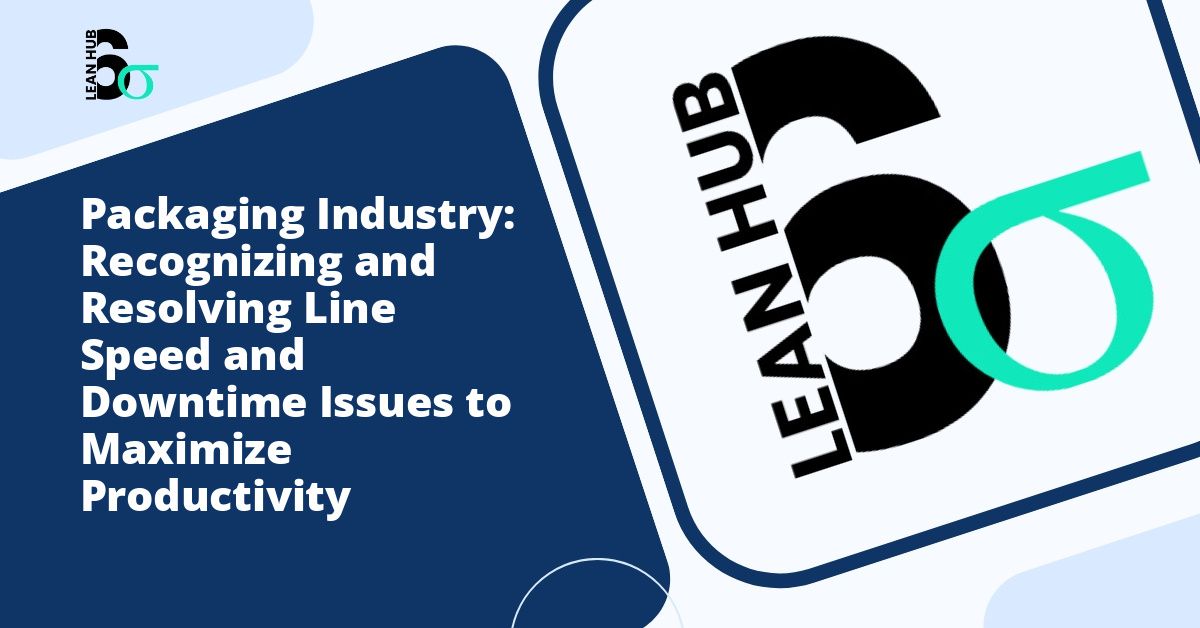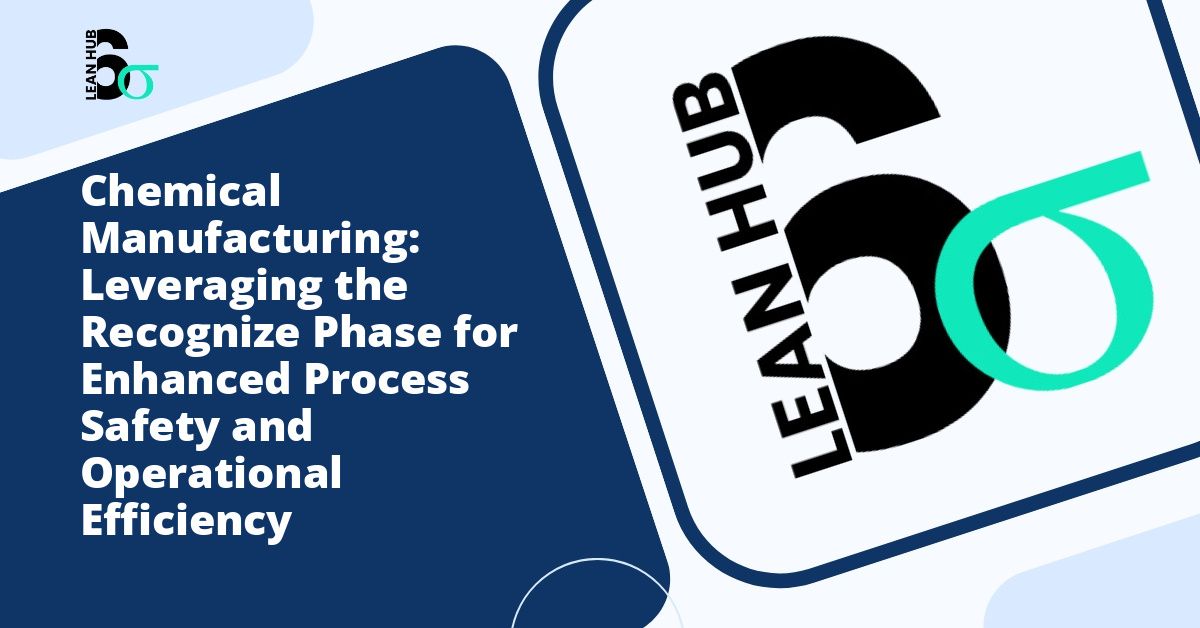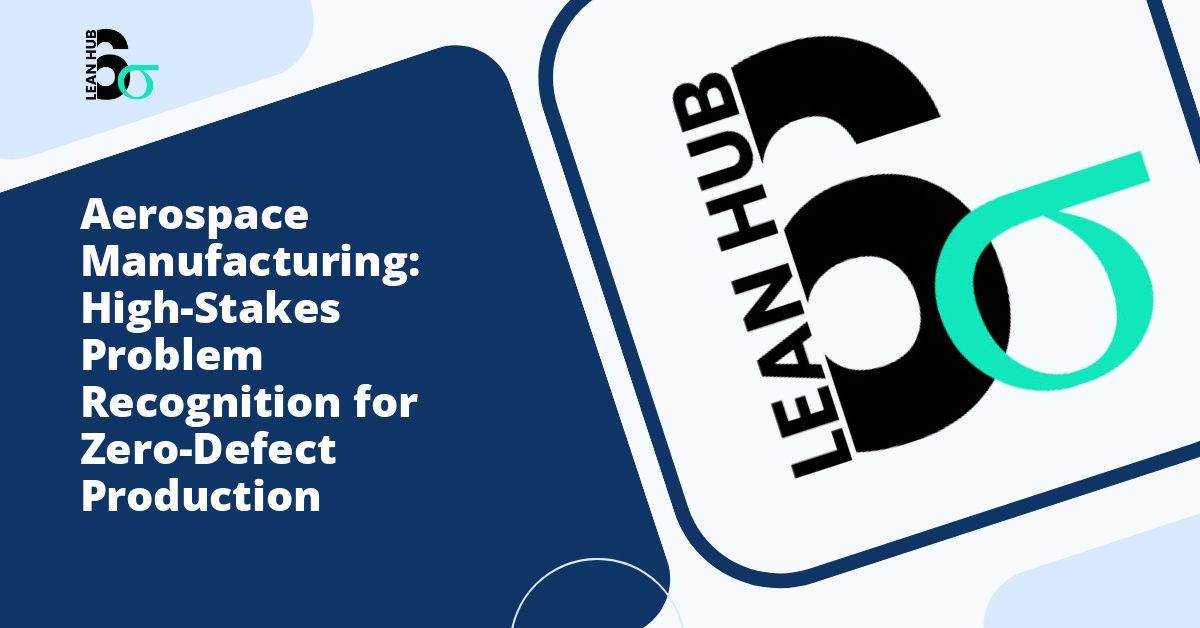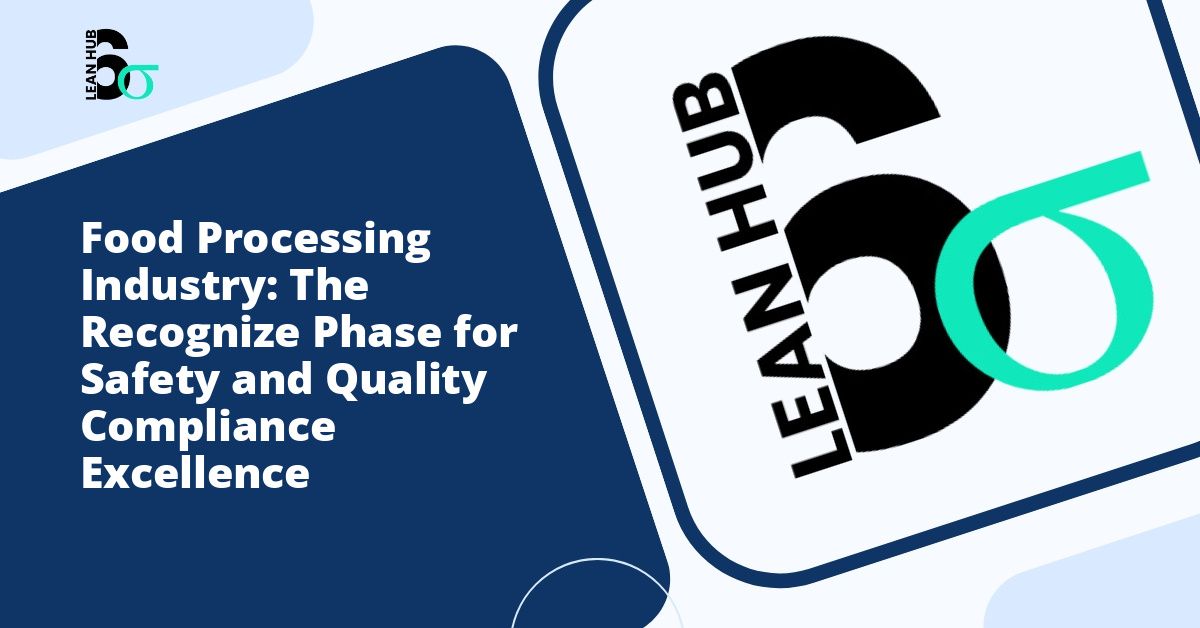You’ve identified a problem in your organization that’s costing time, money, or customer satisfaction. You know that Lean Six Sigma could be the answer, but there’s one critical hurdle standing between you and project success: getting buy-in from stakeholders during the recognize phase.
If you’ve ever felt the frustration of having a great improvement idea shot down or watched it languish without support, you’re not alone. The recognize phase—that crucial first step where you identify and define potential Six Sigma projects—can make or break your entire initiative. Let’s explore how to navigate this phase successfully and secure the support you need to move forward.
Understanding the Recognize Phase in Lean Six Sigma
Before we dive into strategies for gaining buy-in, let’s clarify what we mean by the recognize phase. In the Lean Six Sigma methodology, the recognize phase is where you identify opportunities for improvement, assess their potential impact, and determine which problems are worth solving. Think of it as the “discovery” stage where you’re essentially making the case that a problem exists and deserves attention.
This phase typically involves:
- Identifying pain points in current processes
- Gathering preliminary data to support your observations
- Estimating the potential impact of solving the problem
- Aligning the opportunity with organizational goals
- Building initial support for further investigation
The recognize phase sets the foundation for everything that follows, making stakeholder buy-in absolutely essential.
Why Buy-In Matters (More Than You Think)
Here’s the truth: even the most technically sound Six Sigma project will fail without proper support. Buy-in isn’t just about getting permission to proceed—it’s about securing the resources, time, and organizational attention your project needs to succeed.
Without buy-in during the recognize phase, you might face:
- Insufficient resources or budget allocation
- Team members who can’t dedicate adequate time
- Resistance to implementing recommended changes
- Lack of access to necessary data or information
- Projects that stall or get deprioritized
On the flip side, strong early buy-in creates momentum, opens doors, and significantly increases your chances of delivering meaningful results.
Know Your Audience: Who Needs to Buy In?
Before you can convince anyone, you need to identify exactly who needs convincing. Your stakeholder map during the recognize phase might include:
Executive Sponsors
These are senior leaders who control budgets and strategic priorities. They care about bottom-line impact, strategic alignment, and return on investment. They’re often time-poor, so your message needs to be concise and compelling.
Process Owners
These individuals manage the areas you’re proposing to improve. They need to understand how the project will affect their operations and what’s expected of them. They often worry about disruption and additional workload.
Front-Line Employees
The people actually doing the work have invaluable insights and will ultimately make or break implementation. They need to feel heard and assured that changes will improve, not complicate, their daily work.
Cross-Functional Partners
Other departments affected by the process need to understand the broader benefits and how they’ll be involved.
Strategies to Secure Buy-In During the Recognize Phase
1. Speak Their Language
One size doesn’t fit all when it comes to communication. Executives want to hear about strategic impact and ROI. Process owners want operational details. Front-line workers want to know how it affects their daily reality.
Tailor your message accordingly. For executives, lead with business impact: “This lean six sigma project could reduce customer complaints by 40% and save $200K annually.” For employees, focus on practical benefits: “This will eliminate those frustrating double data entry tasks you’ve been complaining about.”
2. Lead with Data (But Don’t Overwhelm)
During the recognize phase, you don’t need exhaustive analysis—that comes later. However, you do need enough preliminary data to demonstrate that the problem is real, significant, and worth solving.
Gather just enough evidence to answer these questions:
- How often does this problem occur?
- What’s the estimated cost or impact?
- Who does it affect?
- What happens if we don’t address it?
Present your data clearly using simple charts or graphs. Remember: clarity beats complexity every time.
3. Connect to Strategic Goals
Your project shouldn’t exist in isolation. Show how solving this problem advances broader organizational objectives. Does it improve customer satisfaction, reduce costs, accelerate time-to-market, or enhance quality?
Review your company’s strategic plan, mission statement, or annual goals, then explicitly connect your proposed lean six sigma project to these priorities. This alignment makes your project much harder to dismiss.
4. Address the “What’s In It For Me?” Question
Every stakeholder is silently asking this question. Answer it proactively for each group:
- For executives: Improved metrics, competitive advantage, cost savings
- For managers: Less firefighting, better team morale, improved departmental performance
- For employees: Reduced frustration, elimination of waste, more time for meaningful work
- For customers: Better service, higher quality, faster delivery
5. Build Coalitions and Find Champions
Don’t go it alone. During the recognize phase, identify potential champions who can advocate on your behalf. This might be a respected manager, an influential team member, or someone with the ear of decision-makers.
Early informal conversations can help you refine your pitch, identify concerns, and build a coalition of support before formal approval processes begin.
6. Start Small and Show Quick Wins
If you’re facing skepticism, consider proposing a more focused project scope initially. A smaller project with clear boundaries is less risky and easier to approve. Once you demonstrate success, expanding scope or tackling additional projects becomes much easier.
Quick wins build credibility and momentum for your lean six sigma initiative.
7. Acknowledge Concerns and Risks Honestly
Stakeholders will have concerns. Don’t brush them aside or pretend they don’t exist. Instead, acknowledge them directly and explain your mitigation strategies.
Common concerns include:
- Time commitment required from already-busy team members
- Potential disruption to ongoing operations
- Uncertainty about whether improvements will be sustained
- Past project failures creating skepticism
Addressing these concerns head-on shows maturity and builds trust.
8. Paint a Picture of the Future State
Help stakeholders visualize success. What will the improved process look like? How will daily work be different? What specific problems will disappear?
Stories and concrete examples are more persuasive than abstract promises. If possible, reference similar successful projects from your organization or industry.
The Power of Timing and Presentation
How and when you present your case matters almost as much as the content itself. Schedule meetings when stakeholders aren’t overwhelmed with other priorities. Prepare a clear, concise presentation—aim for 10-15 minutes maximum for initial pitches.
Use visuals to illustrate key points, but avoid cluttered slides packed with text. Practice your delivery so you come across as confident and knowledgeable without being arrogant.
Moving Forward with Confidence
Getting buy-in during the recognize phase isn’t about manipulation or slick salesmanship. It’s about clearly communicating a genuine opportunity for improvement in terms that resonate with different stakeholders. When you’ve done your homework, gathered supporting data, and thoughtfully addressed concerns, you create a compelling case that’s hard to ignore.
Remember that buy-in isn’t necessarily a single event—it’s often a process. You might need multiple conversations, refinements to your proposal, or additional data gathering. Stay patient, remain flexible, and keep focused on the value you’re trying to create.
The recognize phase is your opportunity to set the right foundation for your Six Sigma project. Invest the time to do it well, and you’ll find the subsequent phases flow much more smoothly with engaged stakeholders who are invested in your success.
What problems have you identified in your organization that could benefit from a lean six sigma approach? Start building your case today, and you might be surprised at how receptive people are when you communicate the opportunity effectively.








